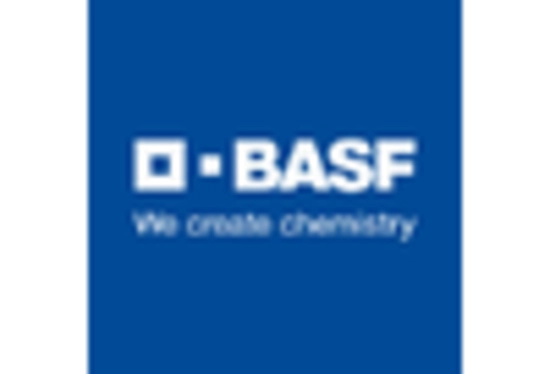December 2023: Brenntag, a distributor of brake fluid, chemicals and ingredients, has announced its acquisition of Solventis Group. Solventis Group specializes in the distribution of glycols and solvents and operates from Antwerp, Belgium and the UK.
The acquisition enhances Brenntag Essentials' sustainability profile by increasing sourcing through ships and barges and expanding supply and delivery options via rail transport. The strategically positioned Antwerp site further strengthens this improvement. Furthermore, Solventis' expertise in glycol recovery and recycling contributes to Brenntag's commitment to sustainability.
"Brenntag Essentials offers a cost-effective network of last mile service operations, along with regional sourcing and supply chain services and global sourcing," stated Ewout van Jarwaarde, CEO of Brenntag Essentials.
"Solventis Group aligns perfectly with our strategy, enhancing our capabilities and providing additional volume options through their advanced facility in Antwerp. This also opens up opportunities for optimization across regions." The acquisition will enhance our ability to connect with supply markets around the world and bolster our position in the EMEA region, bringing us closer to our customers," Jarwaarde commented.
In 2022, Solventis Group achieved annual sales of over 300 million EUR. Focusing on distributing glycols and solvents, Solventis Group offers customized solutions to customers around the world. In addition to a site in Scunthorpe, UK, the company also operates a purpose-built facility in the port of Antwerp, Belgium. This facility is located in a major European chemicals hub and is involved in advanced blending, storage, packing, distribution, and chemical recycling.
David Lubbock, owner and chief executive officer of the Solventis Group, expressed optimism about Brenntag's wide global reach and diverse product and service portfolio's potential benefits for its network of suppliers and customers.
"We are excited to join the growing Brenntag Essentials platform and provide our wide range of products, such as glycols, solvents, and automotive products like coolants, antifreeze, brake fluids, and de-icing fluids, to customers around the world," Lubbock expressed.
May 2022: With the introduction of TRW brake fluid, ZF Aftermarket announced the debut of its new product and solution portfolio. This brake fluid improves pedal feel and braking comfort in all ABS (Anti-lock Braking System), disc, and drum brake cars while also having a high water tolerance feature.
July 2021: PLZ Aeroscience acquired Champion Brands, a lubricant supplier.
.webp

















Leave a Comment